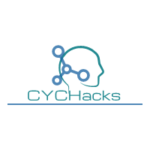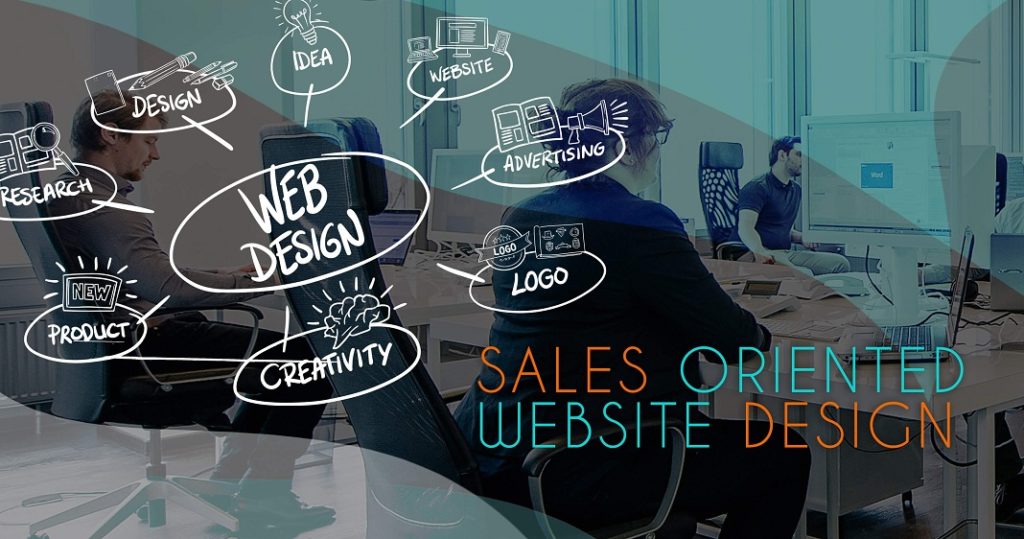I have been fortunate to know the evolution in the design of web pages since in 1996 I began to make my first web projects in a professional way, and in this time I have been able to understand the keys to create a sales-oriented website. I remember that then I used tools such as the Netscape browser editor, which allowed to create organized HTML pages with tables, frames, some primary CSS, etc.
Since then many things have changed and not so much because since the web must be responsive and accessible from mobile devices, the new web pages are structurally similar to those first, lighter and faster to load in the then most precarious internet connections.
One of the first challenges is to create the right team of people to carry out project planning. The IT department is usually chosen, but they need the marketing, communication and sales managers if we want the website to be aligned with the business objectives. You may be interested in this other post on 3 keys to create a better corporate website
Every web project has three fundamental phases of development that generally involve several departments of the company:
- Information design: what we want to offer our audience
- Navigation design: how we will guide the interaction and conversion on the web
- Visual design: definition of the graphic style of the site
Most custom hoodies company think about the positioning of their website in search engines after creating their website, they even start the project valuing possible graphic designs without even thinking about business objectives.
Starting from this initial approach, in these years of experience, we have been able to develop 5 stages with more concrete actions. If you are considering the development of a new website for your company, this process will help you so that a website is well oriented to marketing and sales.
- Stage 1 – Project definition.
- Stage 2 – Navigation planning and design.
- Stage 3 – Visual design.
- Stage 4 – Production and control.
- Stage 5 – Publication, maintenance and optimization.
Table of Contents
Stage 1 – Project definition.
It seems obvious but generally, you want to start the development of a new website without clearly analyzing the objectives or those that motivate the change are too general as “modernize the web”, “make it more accessible”, “and generate sales”. It is almost always considered from the perspective of the company without thinking about who we want to use it for real.
You can ask yourself a series of questions to try to define those objectives and how you can align them with your marketing and sales objectives:
- What are the web conversion goals?
- What is the proposed plan to achieve them?
- How much will the project cost?
- How much time or resources are allocated to the project?
- What will be the graphic and communication line?
In this area, key actions such as collecting information and company, products and custom hoodies services, developing a survey of potential clients, making an internal briefing by departments to analyze the objectives can be developed.
In any inbound marketing strategy in which we want to attract business opportunities, the web must be the hub and center of operations, so the detailed analysis of your buyer persona will help you define your priorities and plan your project based on your motivations to offer what you are looking for.
From this moment you can have a good briefing to hire an external company to develop your website or to go ahead and run it from within your company.
Stage 2 – Information planning and navigation design.
This phase deals with the design of the information, regarding the content, the structure of the site and the navigation by the user. It is about planning before designing, in addition to obtaining the contents from all departments.
According to a custom made hoodies website, it is time to see the digital marketing strategy, the phases of the purchase process of your client and evaluate each part of the web and as an aid in each moment of the decision phases to your target audience.
For this, the navigation routes must be established taking into account the contact and conversion points.
The objectives of this stage should be:
- Plan the SEO search engine positioning strategy.
- Set the content of the website.
- Create a content delivery plan for site updates.
- Establish a site map and navigation and conversion routes.
- Plan the necessary programming and development order.
Stage 3 – Visual design.
Now that we know what information we want to offer, when we have thought about our visitors in their different stages of the purchase process and arrival points to our website and conversion routes, it is time to start thinking about graphic creativity and how this can help facilitate access to conversion, understanding of the communication tone and integration with brand identity.
Nowadays an intelligent design must be done thinking about the use, times and technical capacities of our audience. You can establish a creative summary with the communication department and you can take the steps in the layout:
- Review the commercial objectives of the custom made hoodies website.
- Plan graphic creativity and design based on user needs, aligned with our creative summary, customer surveys, internal briefing, and content diagrams and approved navigation routes.
- Approval of design sketches by web elements.
- Creation of a functional prototype that should offer an overview of functionality, without design, to approve and avoid delays in later stages of development.
- Create the final graphic templates
- Create a design style guide, with the definition of colors, fonts used, etc.
Stage 4 – Production and control.
This is the phase to start working at the development level, implement and integrate the design and programming. It has three distinct parts Prepare, Schedule, and Test.
This is when the functionality of the site begins to be shaped and we must review how we are complying with the budget and times set.
1.- Prepare
- Review the previous documents and the status of the project
- Set programming priorities
- Establish regulations and file structure
2.- Schedule
- Convert graphic design to web elements.
- Create templates and pages of the site.
- Implement the programming.
- Add initial content
- Add SEO on page
- Integrate programming with design
3.- Tests
- Review functionalities, accessibility, navigability, responsive, etc.
- Solve failures
- Make full site check, user tests.
Stage 5 – Publication, maintenance and optimization.
This is the phase to publish the website, plan maintenance, review project documentation and test the publication server.
The objective is to publish the developed website, do more tests on the final server, and document the project to facilitate its maintenance.
In addition, we must prepare maintenance according to the content marketing strategy, complete the project style guide, review all important programming documentation and review project compliance in terms of time, costs, resources, etc.
The web is something alive, necessary in the commercial strategy of our day to day, so this last stage of development must lay the foundations of continuous optimization and improvement work based on the analysis of positioning, traffic evaluation and behavior of Web users.
I hope that these key stages for a sales-oriented website will serve you in your next project if you want to have an experienced team you can contact us and we will help you define your web design project oriented towards your goals.
Alex is fascinated with “understanding” people. It’s actually what drives everything he does. He believes in a thoughtful exploration of how you shape your thoughts, experience of the world.

